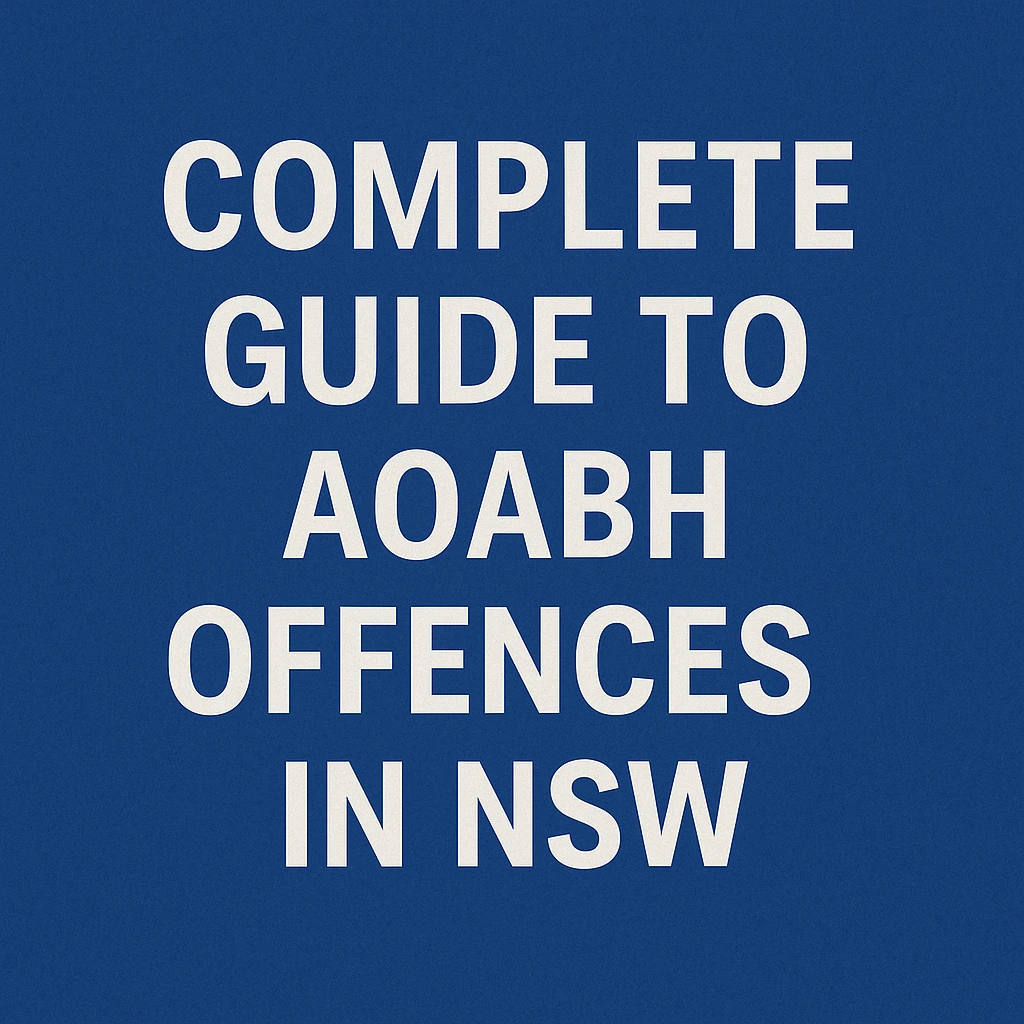What amounts to intimidation?
In a recent District Court appeal, a correctional officer’s conviction for intimidation charge NSW was overturned after careful consideration of context, intent, and legal definitions under the Crimes (Domestic and Personal Violence) Act 2007 (NSW). The central issue revolved around the officer’s statement to an inmate: “Oi, watch your mouth or I’ll come in there and I’ll smack it.”
This case, Hemphill v R [2023] NSWDC 398, provides valuable insight into how courts assess what constitutes an intimidation charge in NSW, particularly when the alleged conduct occurs in between a correctional officer and an inmate.
Background to the Case
The appellant, a correctional officer, was on duty at the Prince of Wales Hospital prison annexe, where he was responsible for supervising an inmate. The inmate had been persistently requesting help, and tensions between the two escalated during a series of verbal exchanges over the facility’s intercom system.
At one point during the exchanges, after the inmate swore at one of the correctional officers, the appellant responded with:
“Oi, watch your mouth or I’ll come in there and I’ll smack it.”
The Local Court found the appellant guilty of an intimidation charge under section 13(1) Crimes (Domestic and Personal Violence) Act, which criminalises stalking and intimidation with intent to cause fear of physical or mental harm. The magistrate found that this statement, in the context of the officer–inmate relationship, met the definition of intimidation and was made with the requisite intent to cause fear.
The Appeal and Its Outcome
On appeal to the District Court, the conviction was reviewed afresh under section 18 Crimes (Appeal and Review) Act 2001. The appellant argued that while his language may have been inappropriate, it was not intended to intimidate, and that the exchanges amounted to nothing more than crude, mutual banter.
Judge Newlinds SC DCJ accepted that while the comment was not a joke, it was more likely a “throwaway line” delivered out of frustration. The court found that, when viewed in full context—including the tone of prior and subsequent exchanges—the Crown could not prove beyond reasonable doubt that the appellant intended to cause fear of physical or mental harm. The intimidation charge NSW was therefore quashed, and the conviction set aside.
What This Case Reveals About Intimidation Charges in NSW
This decision highlights the intricacies involved in establishing an intimidation charge. It is not enough for the words themselves to sound threatening. Two legal elements must be satisfied:
- Objective Intimidation: The conduct must meet the definition under section 7 of the Act. In this case, that meant proving that a reasonable person would have feared violence as a result of the statement.
- Subjective Intent: The accused must have intended to cause the other person to fear physical or mental harm or at least known that their conduct was likely to do so.
Even though there is no intimidation charge NSW minimum penalty, a finding of guilt can have other serious consequences. This case illustrates that not every inappropriate or aggressive statement may reach the criminal threshold—especially when it occurs in a high-stress environment like a correctional facility.
Why Legal Representation Matters
Facing an intimidation charge carries serious consequences. While the facts of this case led to a successful appeal, most individuals facing an intimidation charge will not have the benefit of their conduct being recorded allowing for its close and thorough scrutiny.
Contact AMA Legal today on (02) 8610 3764 for advice on intimidation charges and related criminal charges in New South Wales.





